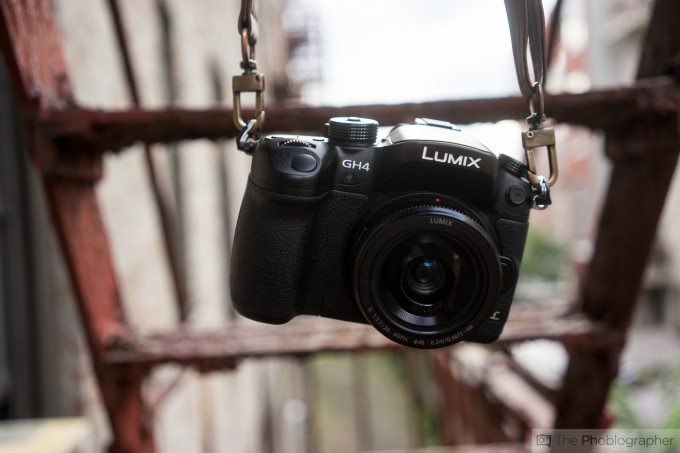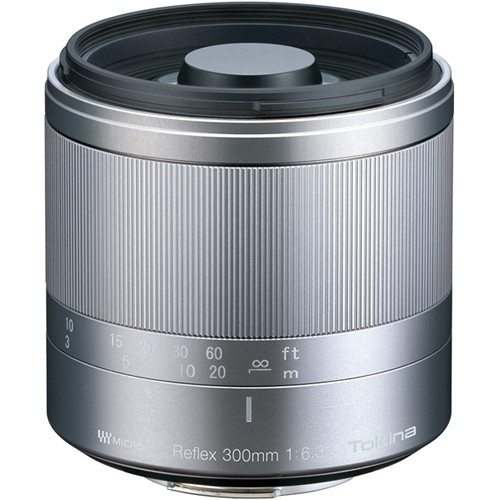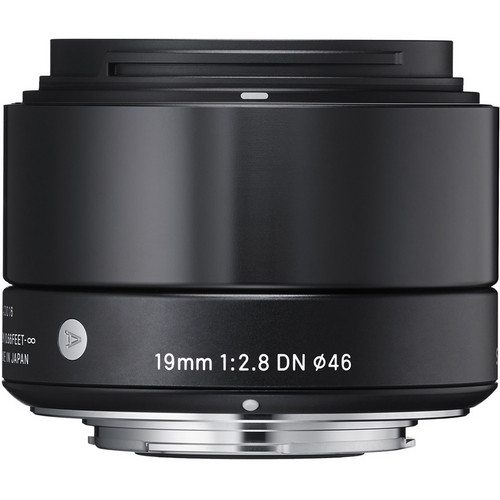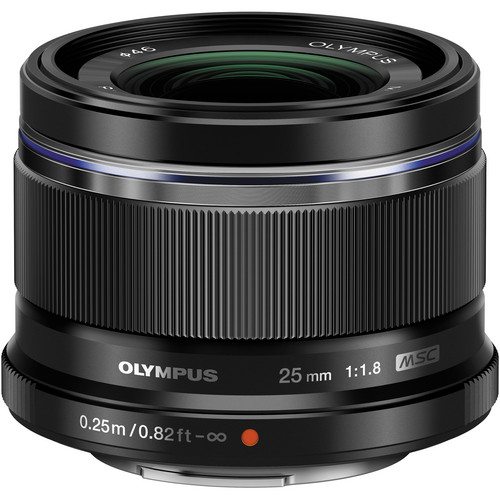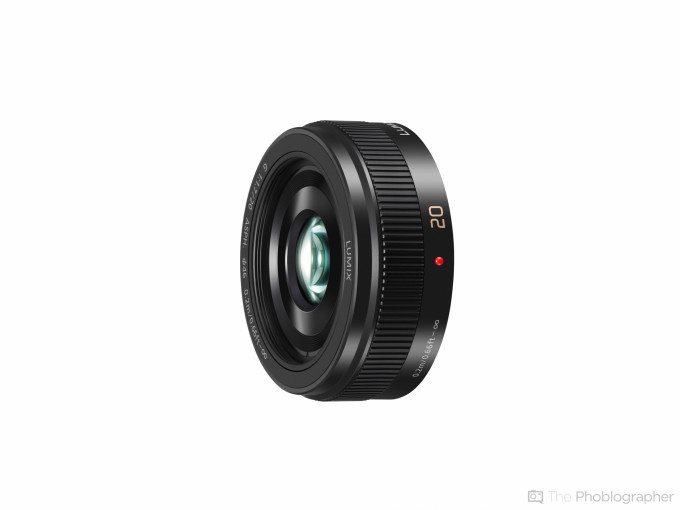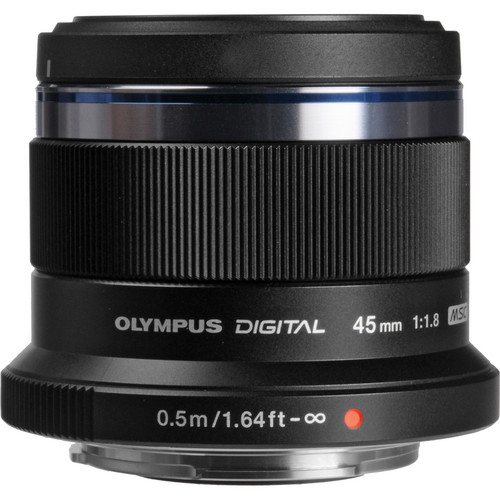Last Updated on 06/02/2015 by Chris Gampat
Of any mirrorless camera system, the Micro Four Thirds coalition has the most lenses available. Between both Panasonic and Olympus, the system has lots of lenses–but when you consider how open they are to working with third parties then you’ve got even more lenses that are supported. Indeed, new lenses for Micro Four Thirds cameras seem to come out almost every month.
In our years of reviewing lenses, we’ve tested and played with lots of different optics at all different prices. We’ve rounded up our top choices for the best and cheapest lenses for the Micro Four Thirds system. So if you’re looking for the best cheap lenses for Micro Four Thirds cameras, then look no further than right after the jump.
Editor’s Note: In a previous version of this article, we mistook one lens for another. We apologize for our humanity.
Tokina 300mm f6.3 Reflex
In our review we state:
“…it does this really cool doughnut-shaped-bokeh-thinger. That is characteristic of most mirror lenses, and it should be kept in mind for astrophotography and spying on the neighbors. Ensuring that you have critical focus can be tough on a system that doesn’t have peaking. Otherwise, you can liken the bokeh to what a blind person sees when they don’t have corrective spectacles on.”
Editor’s Note: Seems like a weird choice, right? We chose this lens because of the serious lack of telephoto lenses here and the creative possibilities that can happen when you have donut shaped bokeh. Sure, it isn’t the sharpest lens, but if you get past that and just stick to creating then you’ll enjoy the colors and the fact that you can probably see your neighbor bustin’ a move to some 90s jams while they think that no one is looking.
Buy Now $149: Amazon | B&H Photo
Sigma 19mm f2.8 DN II
In our review, we state:
“Overall build quality has improved dramatically. Instead of black plastic, the new series of lenses comes in a lightweight metal construction that can be had in either a gloss black or sliver finish. The lenses feel great in the hand and are relatively lightweight for their size. I wouldn’t put the build quality in the same class as the Olympus 12mm or the Panasonic 25mm (which is actually a plastic lens but very well made), but I think these may be the best bang for your buck with it comes to build quality for the price.”
Buy Now $199: Amazon | B&H Photo
Olympus 25mm f1.8
In our review, we state:
“So what do we have to say to the overall image quality from the Olympus 25mm f1.8?
It’s pretty damned amazing. Olympus said to us that they basically took the same formula for the 45mm f1.8 and modified it to work with the 25mm focal length. And it seemed to have worked. The 45mm f1.8 is one of the sharpest and most affordable Micro Four Thirds lenses that we’ve tested, so it’s only natural then that the 25mm f1.8 is right up there.”
Buy Now $399: Amazon | B&H Photo
Panasonic 20mm f1.7 II
In our review, we state:
“Panasonic’s 20mm f1.7 II is a lens that is a well-needed upgrade in some ways, but in other ways it is a step back. The lens could have added more saturation and also could have been sharper. But what you get in return is faster focusing and better build quality. For what it’s worth, we’re positive that there were loads of shooters that beat their lens up after years of continued use. Still though, there isn’t anything necessarily wrong with the lens.”
Buy Now $297.99: Amazon | B&H Photo
Olympus 45mm f1.8
In our review, we state:
“Overall, I can’t help but recommend the Olympus 45mm f1.8 lens. It should be the portrait lens in the bag of every single Micro Four Thirds camera user and I will not take that statement back. Though Panasonic has an offering that doubles as a Macro lens (45mm f2.8 with Leica branding), it gets utterly destroyed by this lens. When we reviewed that lens, I was very pleased with the colors and sharpness. However, Olympus has taken a page from their years of lens crafting and made it really shine.”


